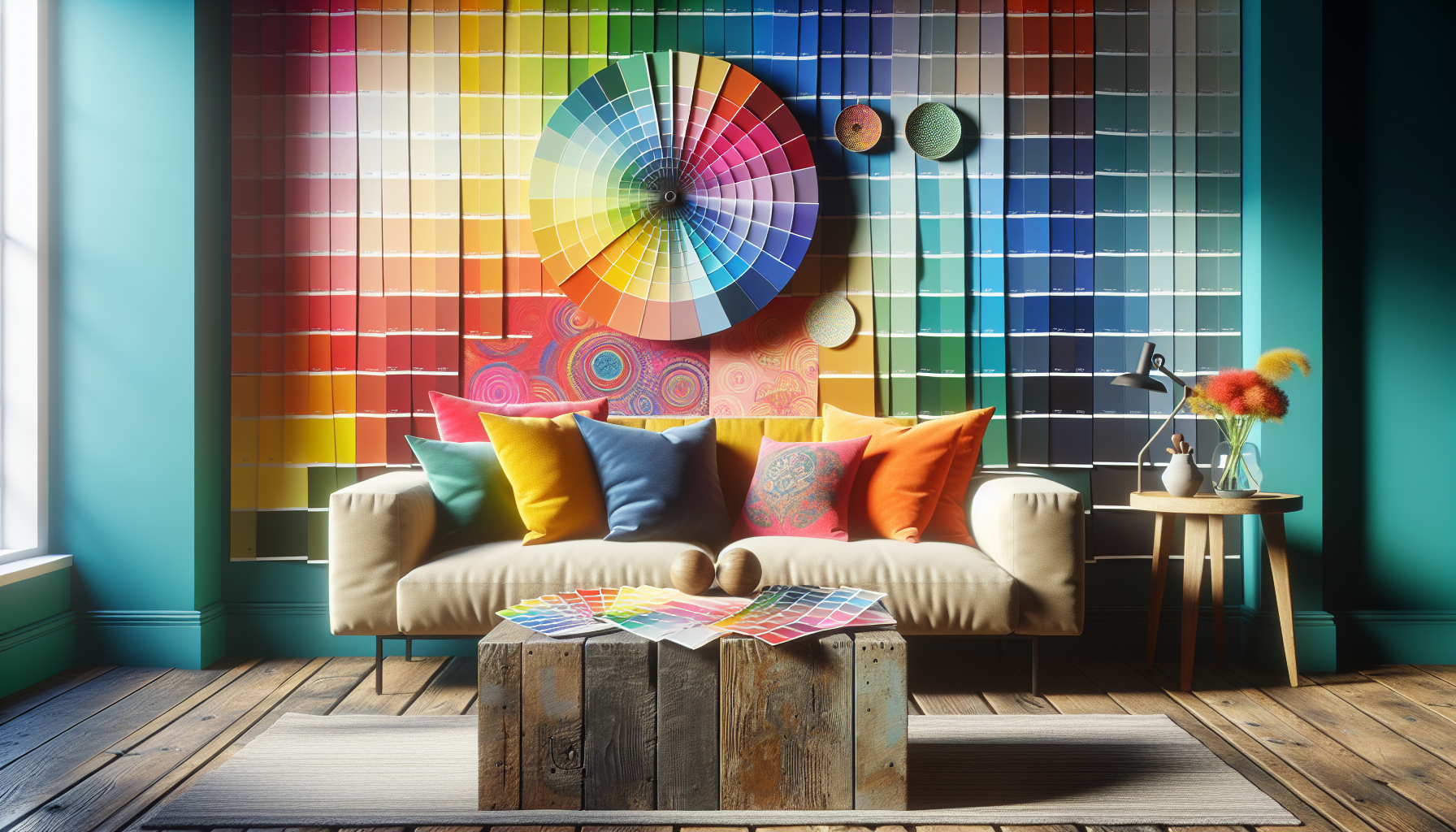Color plays a crucial role in our daily lives, subtly influencing our emotions and behaviors. In home decor, choosing the right colors can create harmony, evoke specific emotions, and foster a desired ambiance. By understanding the principles of color psychology, homeowners can transform their living spaces into environments that not only look stunning but also feel just right.
The Basics of Color Psychology
Colors are more than just visual stimuli; they have psychological effects that impact our moods and perceptions. While reactions to colors can sometimes be subjective, certain colors tend to evoke similar responses across different cultures and individuals. Here's a brief look at what some common colors can signify:
-
Red: This vibrant color is associated with passion, excitement, and energy. It can stimulate appetite, making it an ideal choice for dining areas or kitchens. However, too much red might feel overwhelming, so it’s best used as an accent.
-
Blue: Known for its calming and serene qualities, blue can lower stress and is often recommended for bedrooms or bathrooms. While lighter shades can make spaces feel more tranquil, darker blues lend a sophisticated touch to any room.
-
Green: Evoking nature, green is linked to feelings of balance, harmony, and renewal. It can be used in virtually any room to bring a sense of freshness and calm.
-
Yellow: This cheerful color can inspire happiness and optimism. It’s a great choice for kitchens and living rooms. However, overly bright yellows might be too intense for spaces meant for relaxation.
-
Purple: Historically associated with luxury and royalty, purple can add a sense of opulence. While light purples (such as lavender) can be relaxing, deeper shades (like royal purple) create a dramatic flair.
-
White: Symbolizing purity and cleanliness, white is versatile and can make spaces feel larger and more open. Pairing white with other colors can offer a crisp, refreshing contrast.
-
Black: Often used as an accent, black adds depth and sophistication. It’s best used in moderation to avoid making spaces feel closed-in.
Application in Home Decor
Knowing the psychological effects of colors is just the first step. Applying this knowledge to your home involves considering the function of each room, your personal preferences, and how colors work together.
-
Living Room: As a central gathering space, the living room benefits from warm, inviting colors like soft yellows or earth tones. If you plan to entertain often, consider vibrant accents like red or orange to stimulate conversation and energy.
-
Bedroom: This sanctuary deserves calming colors—cool hues like blues, sages, or pastel purples create a restful environment. Use neutral tones as the base and add pops of color through accessories or artwork.
-
Kitchen and Dining Areas: Bright, energizing colors, such as yellows and reds, can make these spaces lively and inviting. If you prefer a more modern look, consider white with metallic accents for a clean and sleek finish.
-
Bathrooms: Often seen as spaces for relaxation, bathrooms can benefit from serene colors such as seafoam greens or baby blues. Incorporate natural materials and textures to enhance the calming effect.
-
Home Office: For a productive work environment, consider using green or blue tones, which can boost concentration without being distracting. Pair with neutral shades to maintain a professional aesthetic.
Creating a Cohesive Palette
To ensure harmony throughout your home, develop a cohesive color palette that ties each room together. Use a color wheel to choose complementary or analogous colors, which naturally blend well with each other. Remember, balance is key—mix different tones, shades, and intensities to keep it visually interesting without clashing.
Conclusion
Integrating color psychology into home decor empowers homeowners to craft spaces that cater to both aesthetic and emotional needs. By thoughtfully choosing colors that align with the function of each space and your personal style, you can create an environment that uplifts and inspires every day. As you embark on your decorating journey, remember that the most important rule is to choose colors that make you feel at home.
